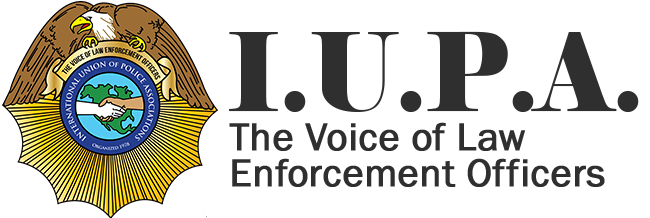Email Tips in General
- Always use multi-factor authentication (MFA). Multi-factor authentication is a layered approach to securing data and applications where a system requires a user to present a combination of two or more credentials to verify a user’s identity for login. For example, providing a code that has been texted to your phone.
- Never open emails from senders you do not know or trust.
- Avoid sending sensitive information via email. If you must, try to use an encryption method to make sure the message is secure.
- Do not open email attachments from people you do not know/trust or that you were not expecting.
- Do NOT click on links inside spam emails.
- Use a spam filter on your email.
- Always use anti-virus software.
- Do not connect to open Wi-Fi and if you have to, do not sign into any accounts with sensitive information stored.
- Avoid unsolicited bulk email messages.
Minimize Unsolicited Bulk Email
- Never give your email address to websites you do not trust.
- Never post your email in public places.
- Keep your personal email private except from the people you genuinely want to hear from.
- Use an alternate email when signing up for a new service or when buying a product from a website for the first time.
Avoid Phishing Scams
- Do not believe everything you read. If a message is written in a way intended to make you nervous or to scare you into doing something, it is likely a phishing scam.
- Check links carefully. To check a link, hover your mouse over it and check for misspellings or suspicious destinations.
- Do not open unexpected attachments, even if it’s just an image attached to the message. Embedded images may also have harmful code that your computer can download when you open the message.
- Never give up personal information.
- Do not click on links in emails. If you get an email from a business you use, you can easily go to their website and find what you want from there, without following the link in an email.
- Be cautious of emails with lots of typos and spelling errors. That is common in phishing scams.
Password Tips
- Change your passwords at least every 60 days using a mix of letters, numbers, and symbols.
- Passwords must never be easy to guess.
- Never share your passwords with anyone.
- Never use personal information in your password.
- Never repeat passwords.
- Avoid using real words.
- Random passwords are the strongest.








Get Social